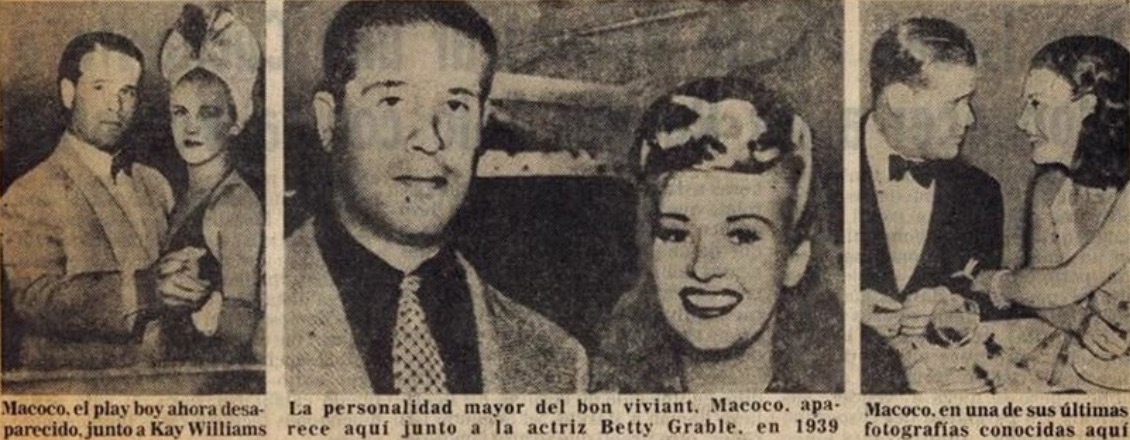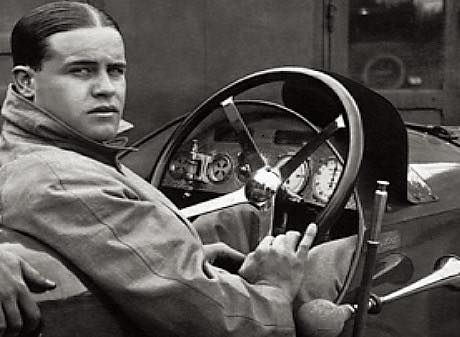MACOCO - The last Playboy

Derived from the Italian sciuscetta, which means something like a dandy, an elegant womanizer and rich seducer of women. Hardly any tango historian doubts that Cobián alludes with his composition to the biggest, richest and most famous playboy and jet-seter of Argentina: his friend Martín Álzaga Unzué (10.01.1901 to 15.11.1982), in the first half of the last century known worldwide as Macoco and at that time at least as famous as Gardel.
The Álzaga Unzué were and still are among the richest and most powerful aristocratic families in Argentina, a caste that stood out from the mass of the poor by downright outrageous wealth. They are the cause for the French saying Rich as an Argentine.
Macoco's family provided leading politicians and military officers, owned numerous palaces in Argentina, but also in Paris, and controlled entire regions with their infinite land holdings, which were peppered with further palaces.
It is said, that the best boarding schools in Argentina and Europe failed educating him - he was expelled from most of them within a short time. But at the end of his youth, influenced by private tutors and his mother's literary salon, he was elegant, handsome, polyglot, charming and seductive and entered the world of the great and beautiful. Among his many loves are famous names like Rita Hayworth, Greta Garbo, Marlene Dietrich or Ginger Rogers.
He commuted between Buenos Aires, Paris, Biarritz and New York and was a successful racing drivers for a few years. From 1925 on we find him in New York running various nightclubs. In the 1930s, El Morocco was considered the most famous and exclusive club in the world. It was known for its lavish Art Deco design and walls draped with zebra skins that Macoco himself had shot on a safari in Africa. Kings of coolness like Gary Cooper, Humphrey Bogart or Truman Capote drank their whisky here, Marylin Monroe went in and out. Roberto Alifano describes in his biography Tirar manteco al techo (2002) that Macoco even tried to teach Charlie Chaplin to dance the tango under the eyes of Salvador Dalí. It was also here that Macoco met his second wife, Kay Williams, a famous Vogue model who, after a rather short marriage, went on to conquer the front pages of the gazettes alongside Clark Gable.
With all this glamor, it is no wonder that Scott Fitzgerald was inspired by the dazzling person of Martín Álzaga Unzué to write his novel The Great Gatsby.
Throwing butter on the ceiling
In the 1920s, Macoco was the prime example of a niño bien, as the Argentines called offspring from super-rich homes. In the best chic manner, Maroco and his snooty friends at Maxim's Hotel in Paris hurled spoons of butter toward the ceiling in order to place them as deliberately as possible in the décolleté of a Rubens valkyrie in the ceiling painting, thus creating the image for the variant of our proverb To go for broke that is very popular in Argentina: Tirar manteca al techo.
